Leica Camera once again led the way at Photokina this past September with the announcement of several new, large-sensor compact cameras including: the Leica X (Typ 113), Leica X-E (Typ 112), Leica D-Lux (Typ 109) and Leica V-Lux (Typ 114).
Among them, the Leica V-Lux (Typ 114) stood out as a significant improvement over its predecessor, the Leica V-Lux 4. With an image sensor five times larger , 4K video capability and Wi-Fi technology, along with an overall better build quality and upgraded EVF, the Typ 114 is a serious step forward in the V-Lux line.
The V-Lux (Typ 114), described by Leica's compact camera manager Peter Kruschewski as the Swiss Army Knife of cameras, is being hailed by users for its versatility and ease of use. From wide-angle landscapes, standard focal length portraits and telephoto nature photography to macro close-ups, the super-zoom bridge camera is capable of just about anything. It's fast enough for sports and wildlife and lightweight enough to carry around everywhere.
I had the chance to put the new Leica V-Lux (Typ 114) to the test during a recent trip to Los Angeles. I threw it into my camera bag next to the M (Typ 240) not really knowing how often I would actually shoot with it. I expected to use the M (Typ 240) most of the time, and just sneak out the V-Lux once in a while if I wanted to use video or WiFi. But, much to my surprise, I ended using the V-Lux (Typ 114) almost exclusively. The Typ 114 proved its worth over and over again in almost every photographic scenario I encountered.
Low-Light Performance. As I rolled off of the plane at LAX, I was weary from crossing the continent scrunched up like a sardine, but ready for an adventure seeing the sights. My first adventure brought me to Disneyland with a gaggle of little girls, cousins I hadn't seen in years. With the V-Lux around my neck I battled through mobs of tiny Elsa's and Storm Troopers, feeling photographically uninspired…until the sun started to set and Disney's “magic” lights began to glow. I instinctively regretted not bringing the M (Typ 240) and worried the V-Lux wouldn't hold up with just street lighting. Boy, was I wrong. The camera excelled in low-light and allowed me to capture the lights and great colors of the blue hour. Noise was well controlled and I immediately realized that this was a very different camera from the V-Lux 4.
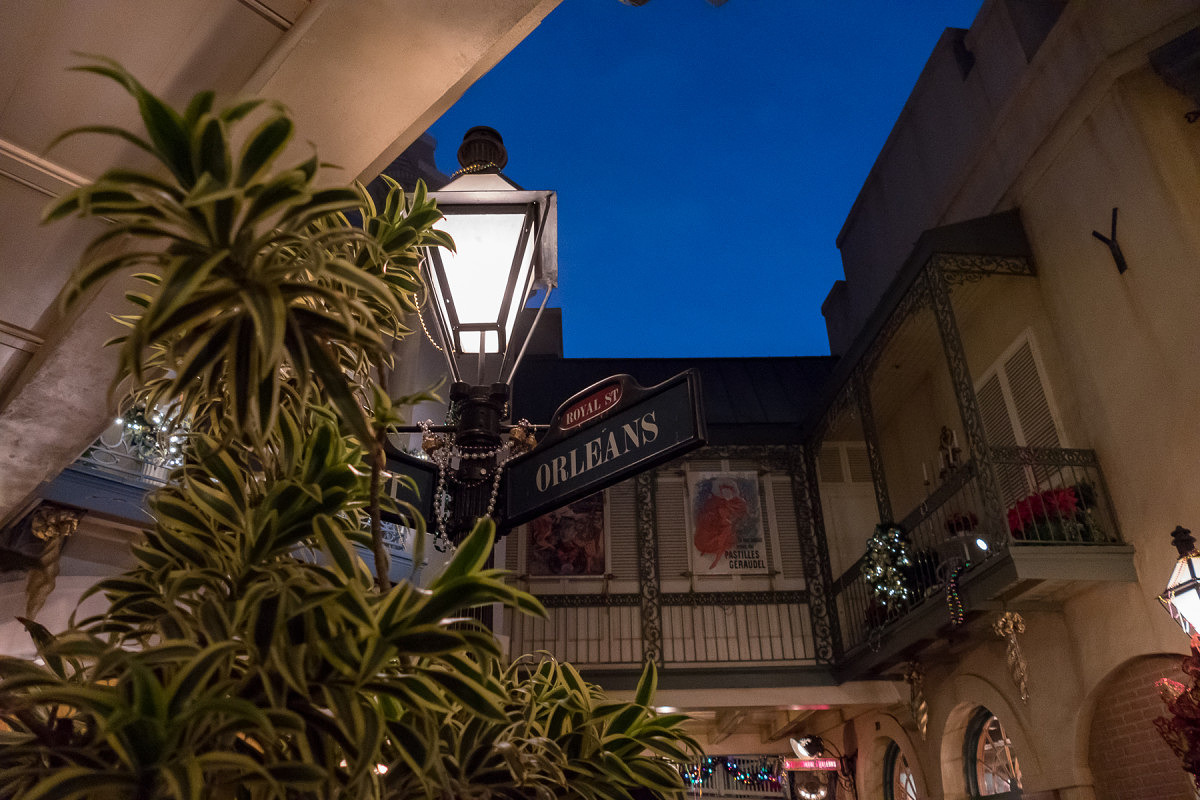
“New Orleans” Even at ISO 1600 the V-Lux Typ 114 still produces a clean file with little noise. (1/25th sec, f/2.8, ISO 1600)
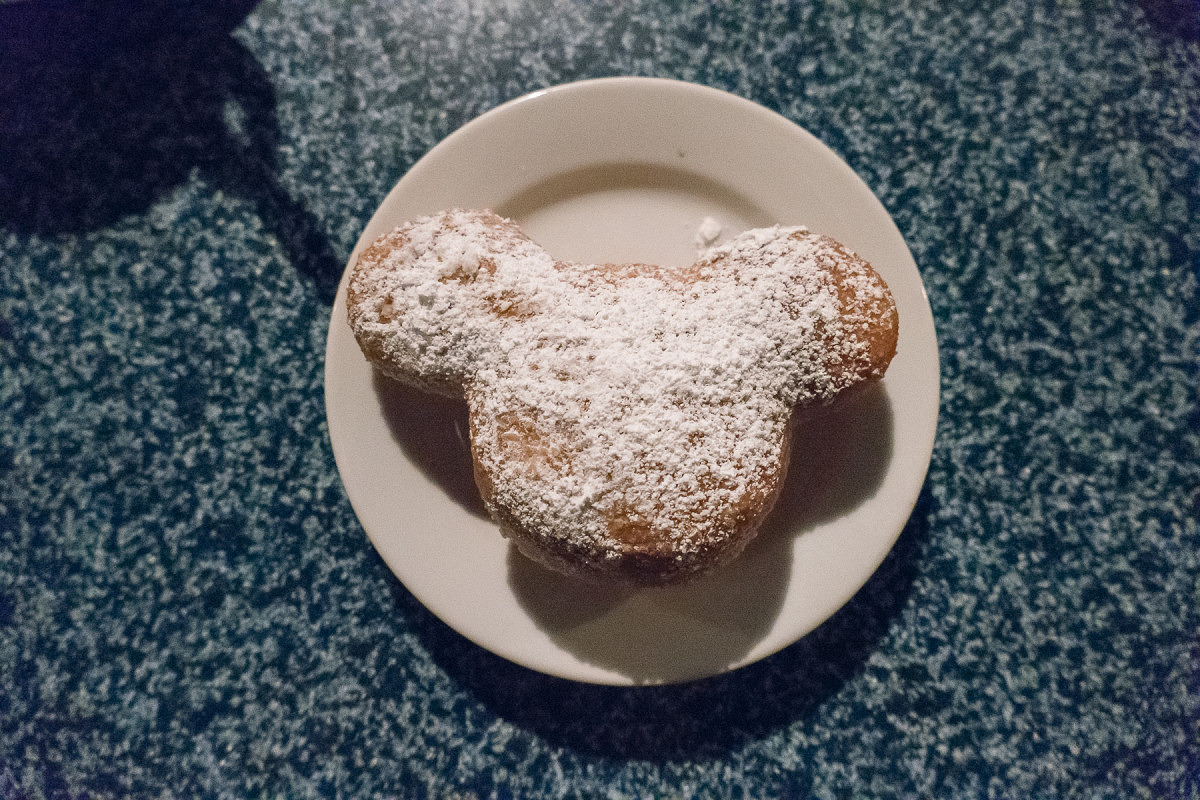
ISO 6400 may be pushing it, but with a little noise reduction in Lightroom, it's not too shabby. Yes, that's a Mickey Mouse beignet. (1/50th sec, f/2.8, ISO 6400)
New 20MP 1-inch Sensor. The V-Lux (Typ 114)'s new 1-inch sensor is responsible for its remarkable low-light performance. This new chip is five times larger than the V-Lux 4's 1/2.5-inch sensor and has been bumped up from 12MP to 20MP. A larger image sensor means better resolution, dynamic range and low light performance, and the increased resolution means more detail. The V-Lux Typ 114 can easily hold its own at ISO 3200. This was most certainly not the case with the V-Lux 4, whose optimal ISO maxed out at 800. Gone are the days of unwanted pop-up flash and blurry photos. Add in the fast f/2.8-4 lens and very effective optical image stabilization and the Typ 114 opens up opportunities for all types of photography in a wide variety of lighting conditions.

Sensors from Leica's various compact cameras. The Leica V-Lux (Typ 114) features a 1-inch sensor, five times larger than the V-Lux 4's 1/2.3-inch sensor.
Below are images from both the V-Lux (Typ 114) and the V-Lux 4 taken with identical exposures at ISO 800. At at first glance, excessive noise is noticeable in the V-Lux 4 image, especially in the sky. Click to view a full resolution crop, and it's obvious that there really is no comparison between the two cameras. The V-Lux 4 is no match for the new Typ 114 when it comes to high ISO.
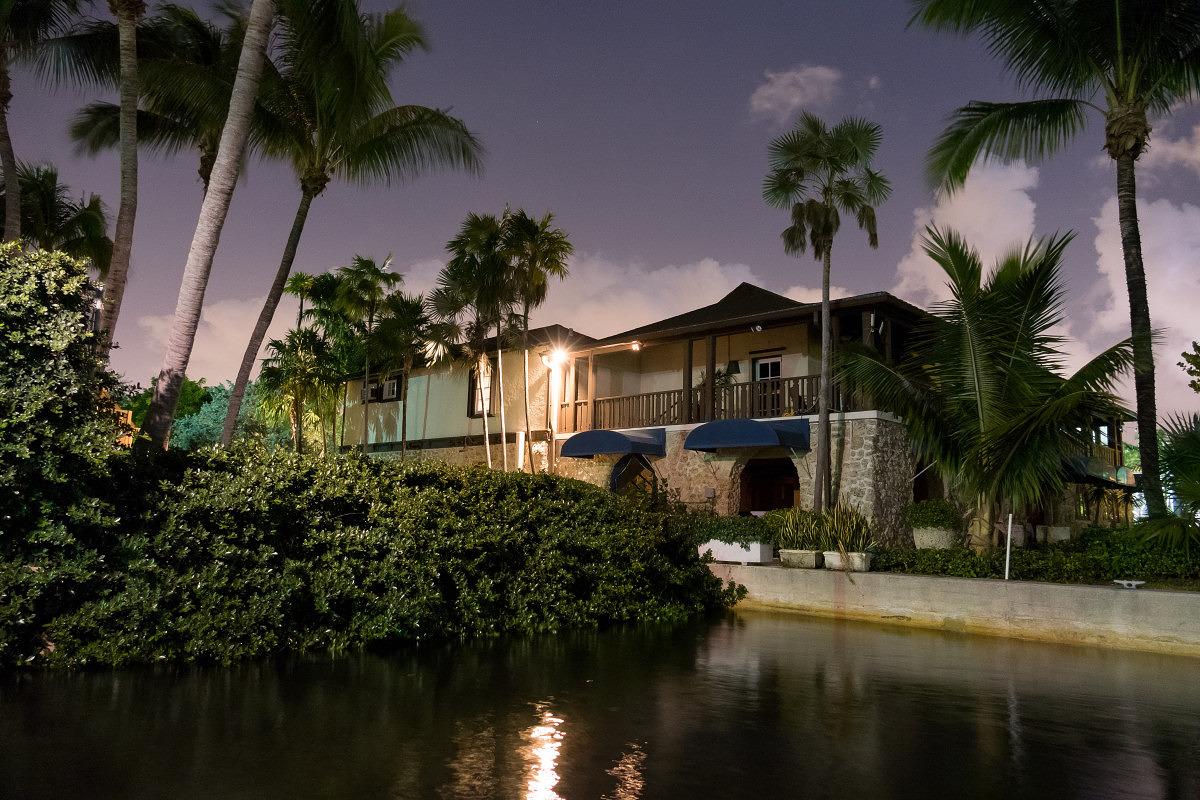
Leica V-Lux (Typ 114), ISO 800, f/2.8, 1.0 sec (click here for full resolution crop).

Leica V-Lux 4, ISO 800, f/2.8, 1.0 sec (click here for full resolution crop).
Manual Zoom/Focus Ring. A larger image sensor does come at a price. Increasing the size of the sensor means increasing the physical size of the lens, and consequently, the overall size of the camera body. For some, this may be a drawback, but most will find the Typ 114 to have an overall better feel than the V-Lux 4. A more substantial grip and an added rubber thumb pad make the Typ 114 nice to hold. The larger lens barrel also allows room for an unexpected, yet much-welcomed new feature: a manual zoom/focus combination ring. On the side of the lens is a toggle switch so you can easily choose the functionality that suits your style of shooting.
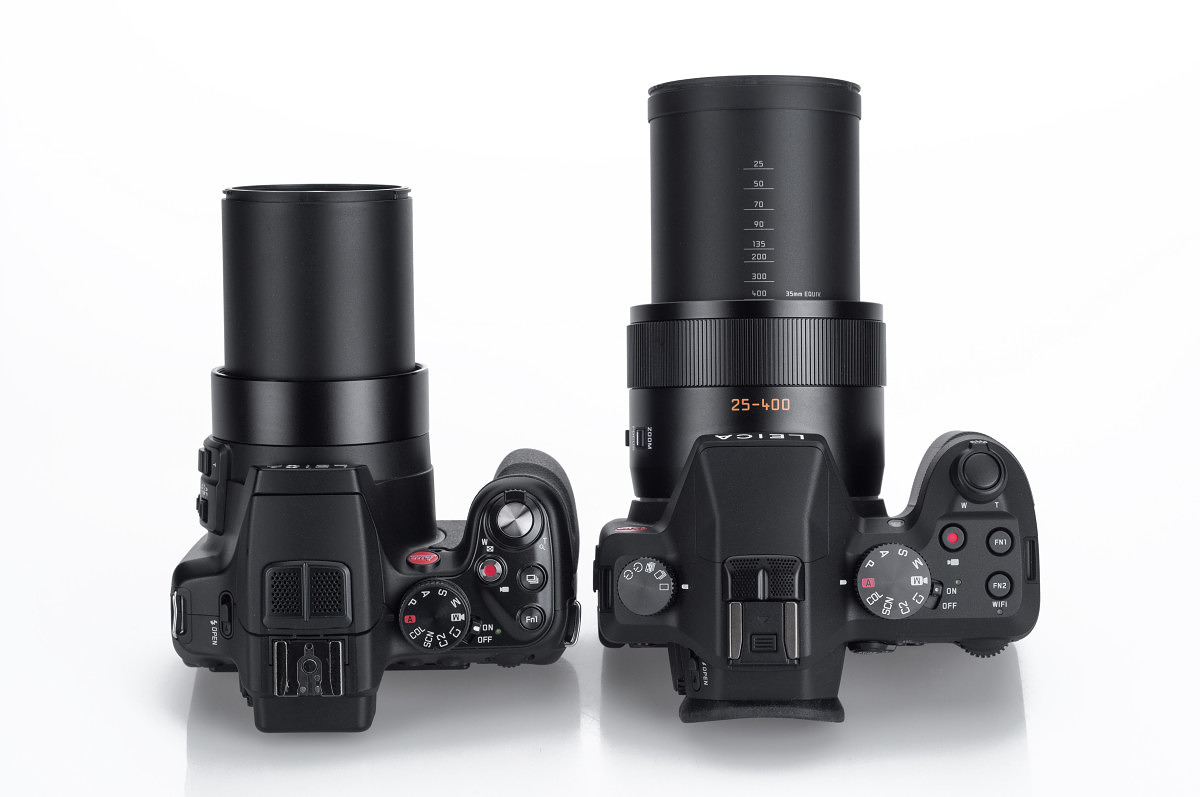
The added ring on the lens barrel can be toggled between the zoom and focus functions and makes the V-Lux (Typ 114), right, feel more like a DSLR camera.
Extensive Zoom Range. The next part of my Californian adventure led me up the Pacific Coast Highway to Santa Barbara. Once again, the the V-Lux (Typ 114) exceeded my expectations. The Typ 114 boasts a 16x zoom range from 25-400mm (equivalent) with an aperture of f/2.8 at the widest end of the rangeand f/4.0 at maximum zoom. With a single camera (and included lens) weighing less than two pounds, I was able to capture wide angle landscapes, detailed macros and everything in between. The V-Lux 4 had a zoom range of 25-600mm with a constant f/2.8 aperture. By specs alone, you'd expect this to be superior to the new lens, but when you take into account the better ISO performance and almost twice the number of pixels, the new camera still comes out ahead.
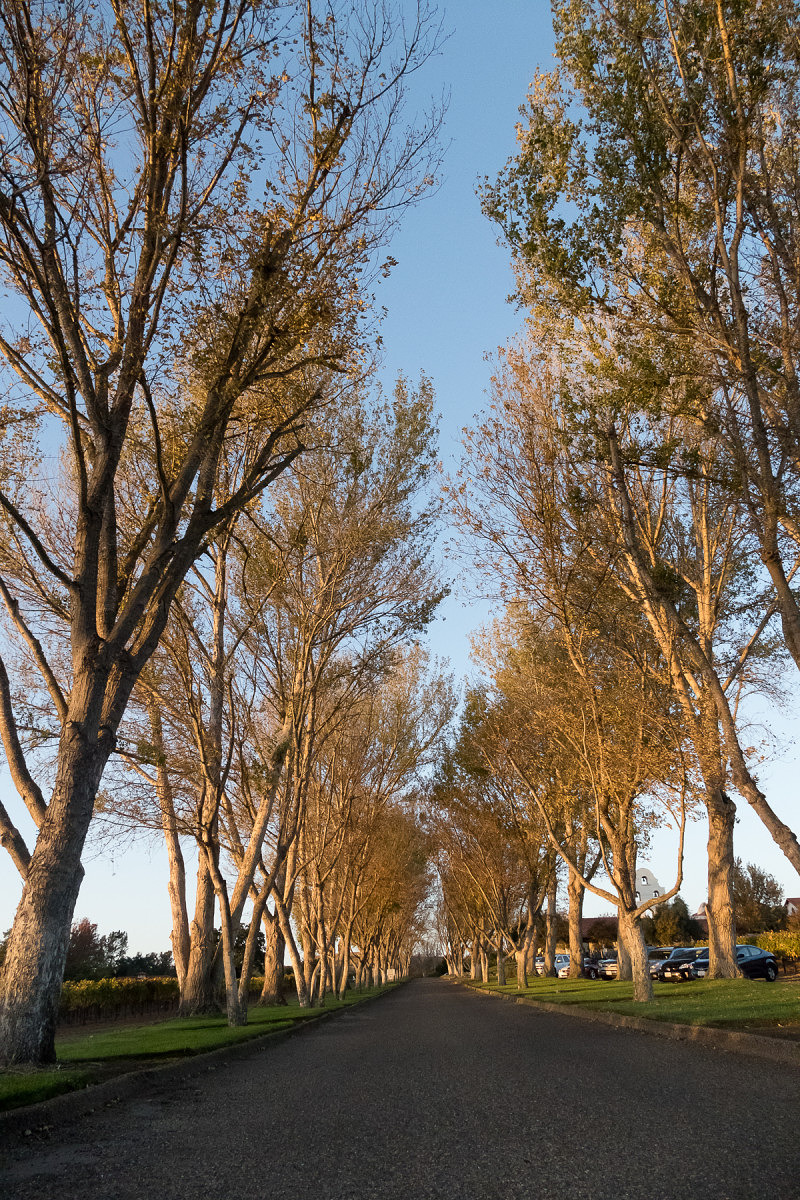
Wide-angle shot (25mm) of the driveway leading up to Bridlewood Winery in Santa Ynez. (1/2000th sec, f/4.0, ISO 1600)
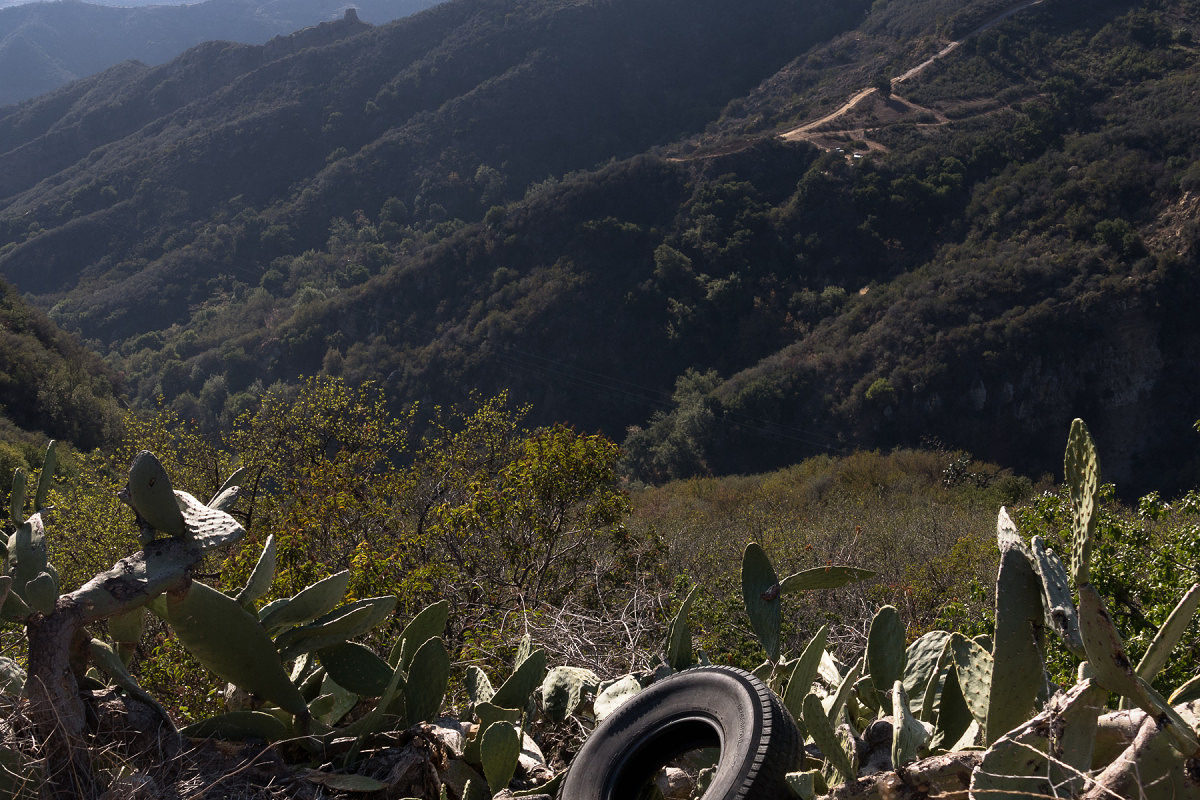
Along the Pacific Coast Highway, taken at a 45mm equivalent focal length. (1/400th sec, f/5.6, ISO 125)
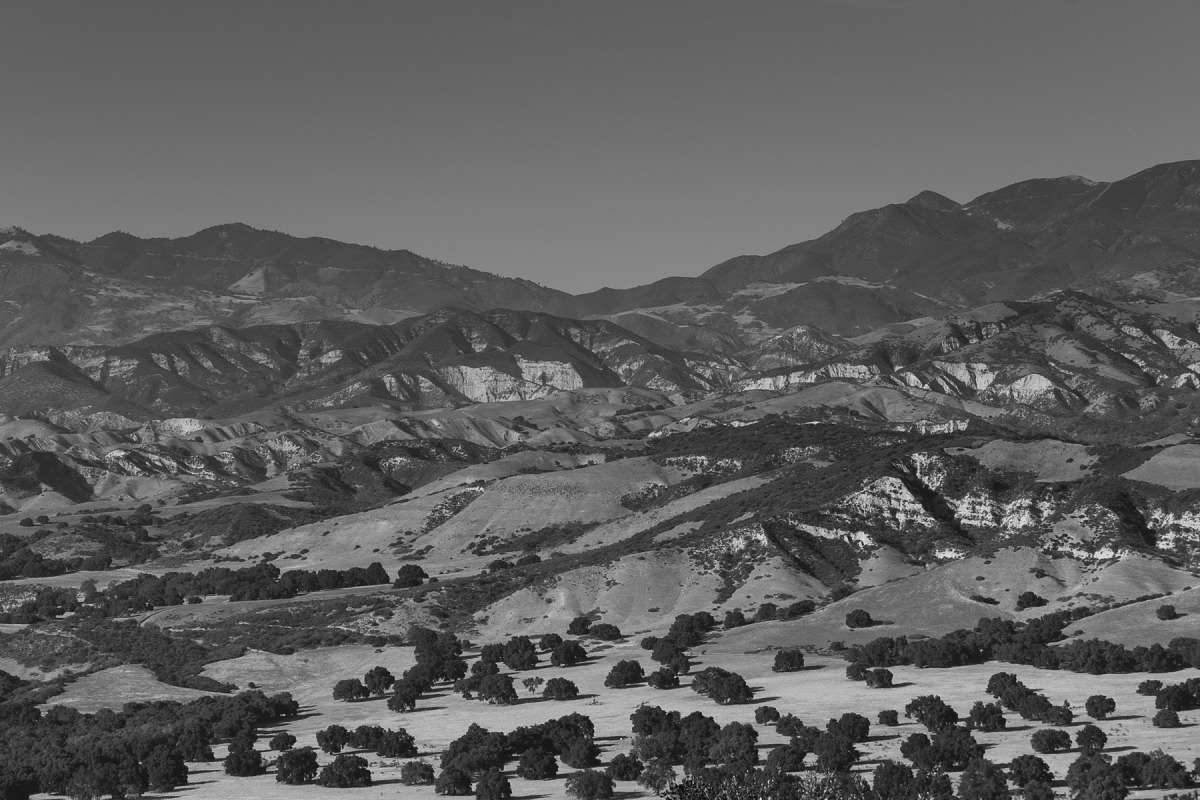
Along the Pacific Coast Highway, taken at a 150mm equivalent focal length. (1/500th, f/8.0, ISO 125)
Lightning Fast Autofocus. During a pit stop at Zuma Beach in Malibu, the V-Lux Typ 114's lightning fast autofocus had its moment to shine. Clocking in at 0.11 seconds, I was able to capture a strikingly crisp image of a seagull in flight. This kind of speed is usually only seen in pro-level DSLRs, not in compact cameras, and certainly not at this price or size.
Leica also added several new focusing features to the Typ 114 including pinpoint autofocus that allows you to zero in on a single-point within the frame. This, alongside optional focus peaking and magnification, completely eliminates any room for error. The Typ 114 focuses exactly where you want it, when you want it.
High Burst Rate. A combination of quick autofocus and a high burst rate make the V-Lux (Typ 114) an ideal camera for sports and wildlife. The V-Lux line is often prized as the perfect “safari camera,” and for good reason. You can capture a cheetah bounding across the plains of Africa at 12 frames per second – at full resolution. If 12 FPS isn't fast enough for you, reduce the image size and you can shoot up to 50 FPS.
4k Video. If 50 FPS still isn't fast enough, you could always toggle to 4K video instead. 4K video is, you guessed it, four times the resolution of FullHD. At this resolution you can extract an 8MP still image and you never have to worry about missing the decisive moment. There's even an option to extract still images in the camera menu, so you don't even need specialized software. Also, as an added bonus, the 4K video uses a smaller area on the chip and provides a 1.5x extension factor. So, the 400mm maximum zoom becomes a full 600mm in 4K video mode. Safari ready, indeed.
Fast Shutter Speeds. Adding to the list of the V-Lux (Typ 114)'s many fast-action features is the shutter speed, which maxes out at an incredible 1/16000th. The Typ 114 toggles between an electronic shutter and a mechanical leaf shutter. The electronic shutter, which its predecessor lacked, allows for the unbelievably fast shutter speeds. The leaf shutter allows for impressive sync speeds when using flash – up to 1/4000th.
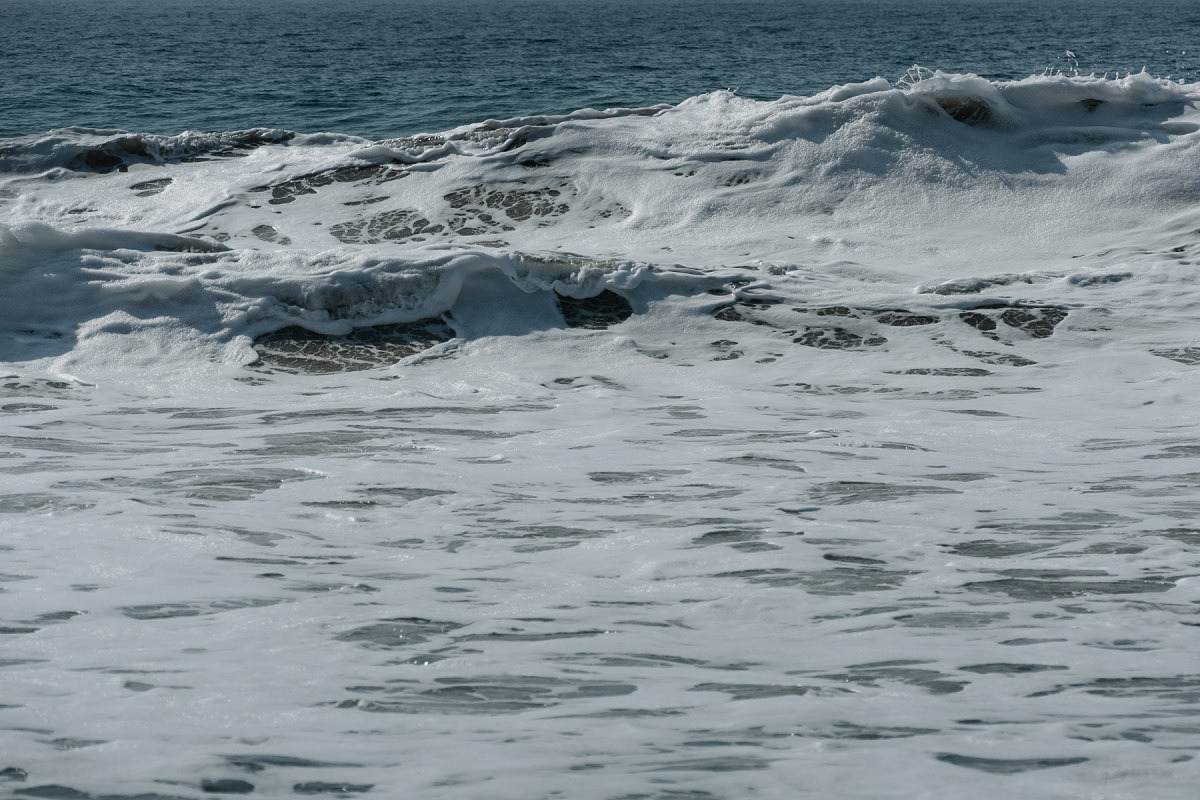
Zuma Beach. Fast shutter speeds allow you to freeze any moment in time. (1/5000th sec, f/5.0, ISO 125)
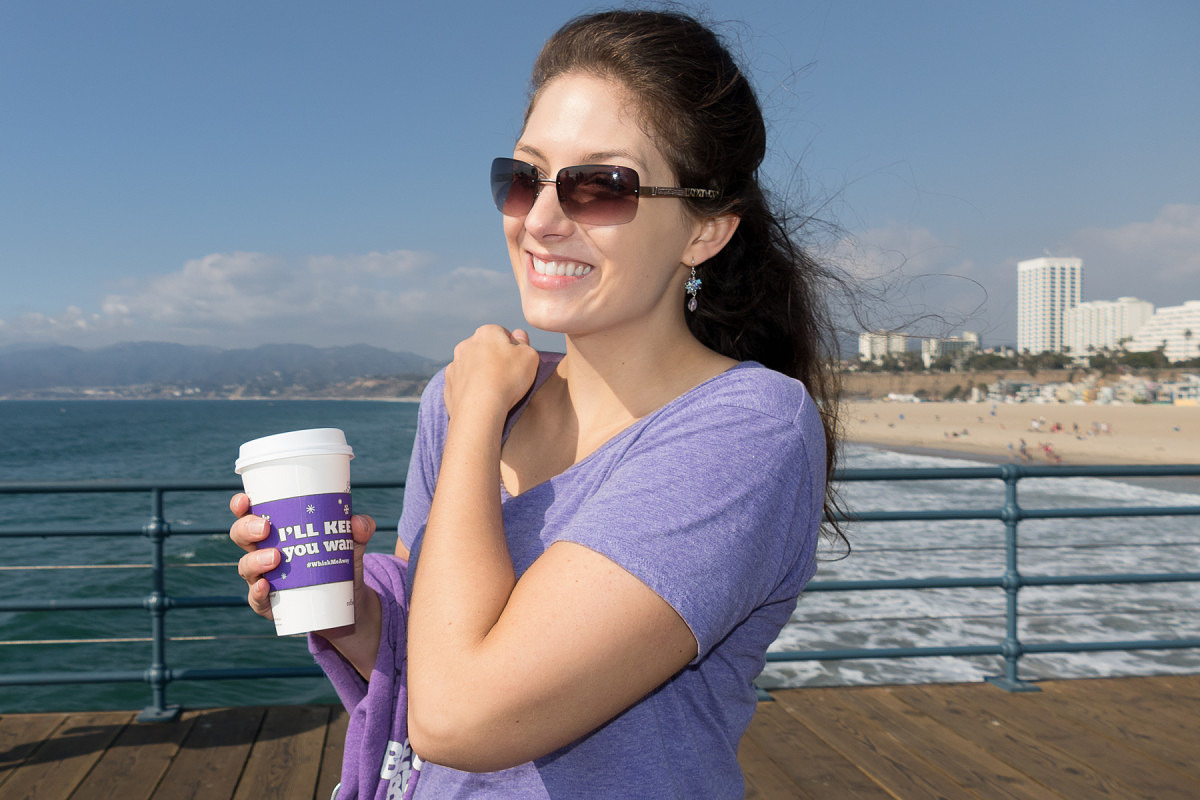
My friend, Kelsey, on Santa Monica Pier. A sync speed of 1/4000th allowed me to use flash in the brightest conditions, even at f/2.8. (1/4000th sec, f/2.8, ISO 125)
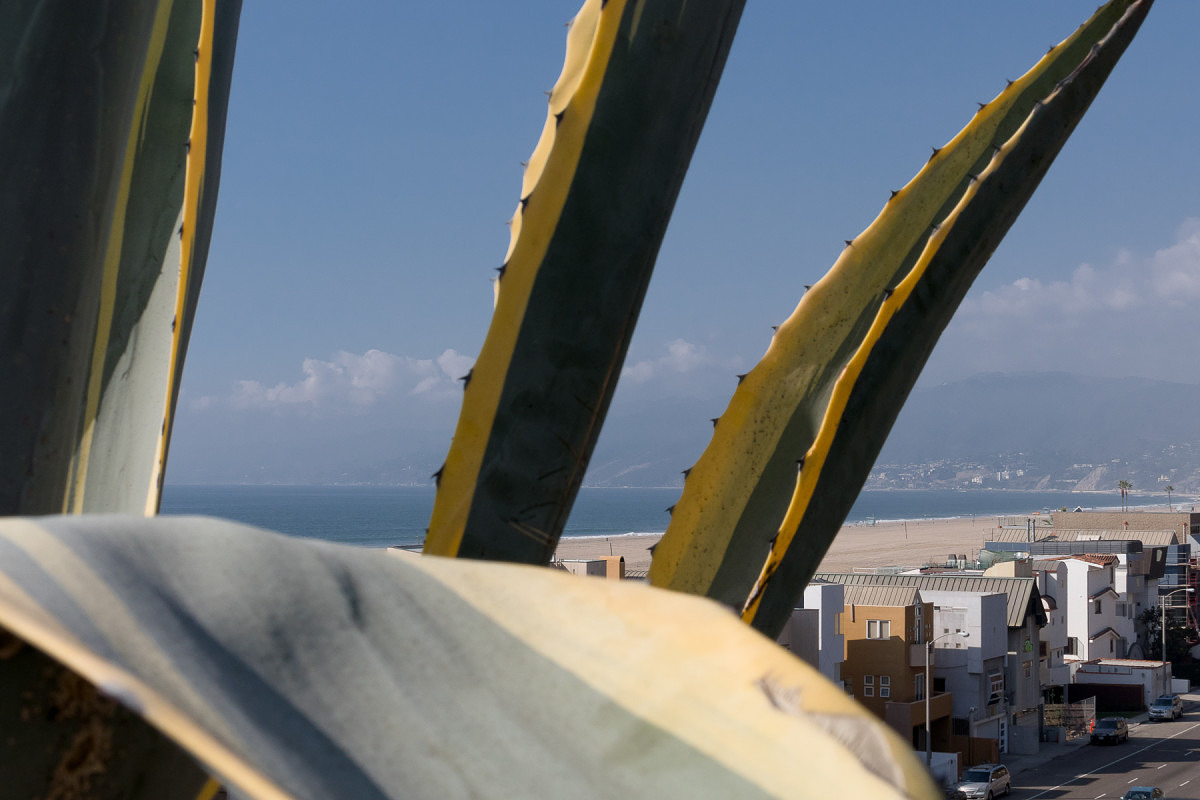
Santa Monica Pier. Pinpoint autofocus allows you, rather than the camera, to decide where to focus. (1/800th sec, f/8.0, ISO 125)
2.4MP OLED Viewfinder. If you find yourself in shooting in bright conditions often – like I did repeatedly throughout this trip – you'll appreciate the integrated razor-sharp electronic viewfinder. With a motion activated eye sensor, you can transition easily from viewing the LCD to peering through the EVF. The V-Lux 4 required manually toggling between the two and was sometimes cumbersome. The high resolution, automatic EVF will bring even the most anti-EVF photographers (like myself) over to the dark side. I also liked that the generously-sized eyecup protruded away from the camera, so I didn't end up squishing my nose on the LCD screen.
Articulating 3-inch LCD. Complimenting the high-res EVF, is the Typ 114’s articulating 920,000-dot LCD. Being able to articulate the screen is quite useful when recording video, photographing low to the ground, or even taking a selfie.
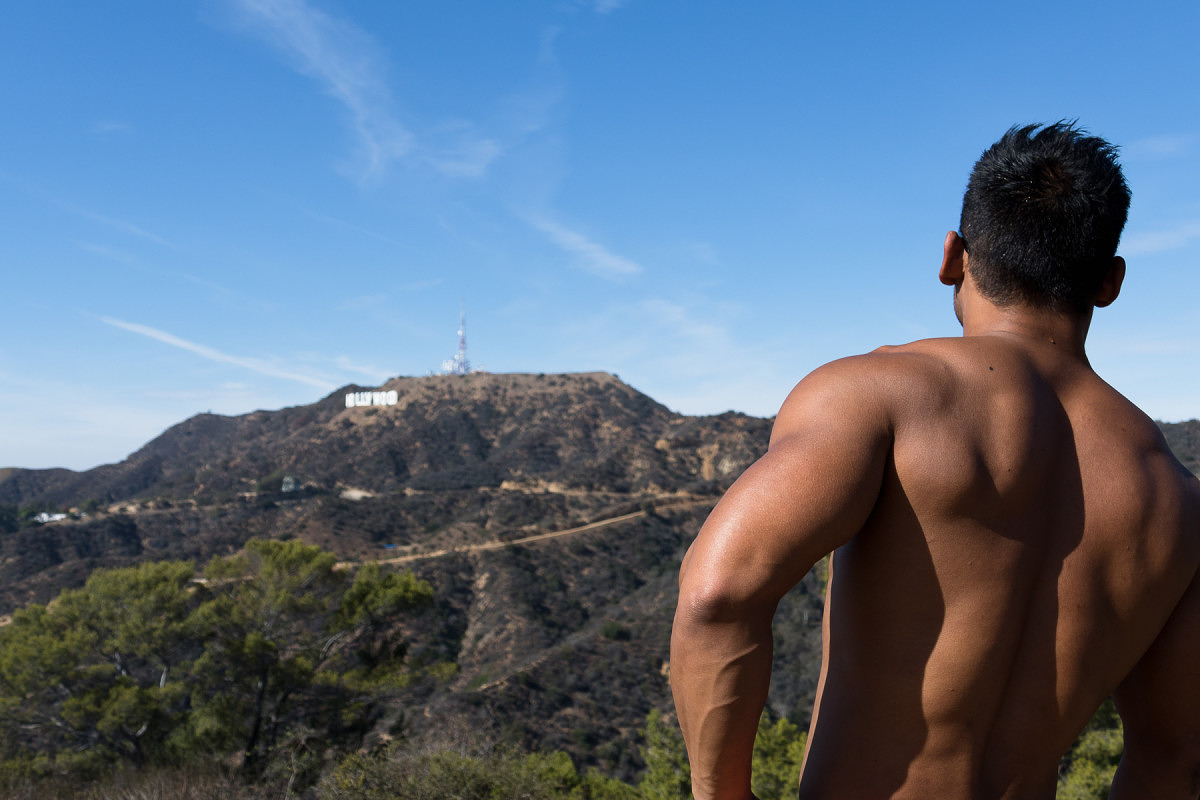
Hollywood Hunk. The 2.4MP EVF is a lifesaver when shooting in harsh daylight. (1/1600th sec, f/3.5, ISO125)
WiFi. The Leica V-Lux (Typ 114) has built-in Wifi, which allows you to sync and transfer your images directly to your iOS or Android device. I used this feature every day during my vacation. Because the Typ 114 uses NFC (Near Field Communication), I was even able to transfer and share my images while on the road without relying on a WiFi network. NFC works much like Blutooth and doesn't require a WiFi network to function.
Panorama. I was able to capture one final image before I bid “Adieu” to the City of Angels using the Panorama scene mode, which seamlessly stitches dozens of files into a 10MP image within a matter of seconds. The Typ 114 has a slew of scene modes for a go-to solution for many common lighting scenarios such as landscape, night portrait and food photography.

Panorama taken in camera. (1/1/640th, f/7.1, ISO 125) Click here for full resolution image.
Final Thoughts. During my five-day stay in Los Angeles, the V-Lux (Typ 114) quickly became my camera of choice. It proved to be a versatile travel camera allowing me to photograph in any situation without limitations. Awesome image quality, amazing EVF, infinitely flexible zoom range, totally usable high ISO and quick focus made for great results. It helped me survive Disneyland and capture some really cool sights in SoCal. Whatever reservations I had melted away as the camera and I spent more and more quality time together. Leica is spot-on by calling the V-Lux the Swiss Army Knife of cameras. If you're looking for one camera that can handle just about any photographic situation you might encounter, the V-Lux gets my glowing recommendation.
Additional images from my trip
- 1/1000th sec, f/2.8, ISO 125
- 1/320th sec, f/2.8, ISO 1600
- 1/25th sec, f/2.9, ISO 1600
- 2 sec, f/5.6, ISO 400
- 1/1600th sec, f/2.8, ISO 125
- V-Lux (typ 114)
- 1/125th sec, f/3.8, 1600
- 1/640th sec, f/4.0, ISO 125
- 1/1600th sec, f/3.5, ISO 125
- 1/1250th sec, f/4.0, ISO 200
- V-Lux (typ 114)

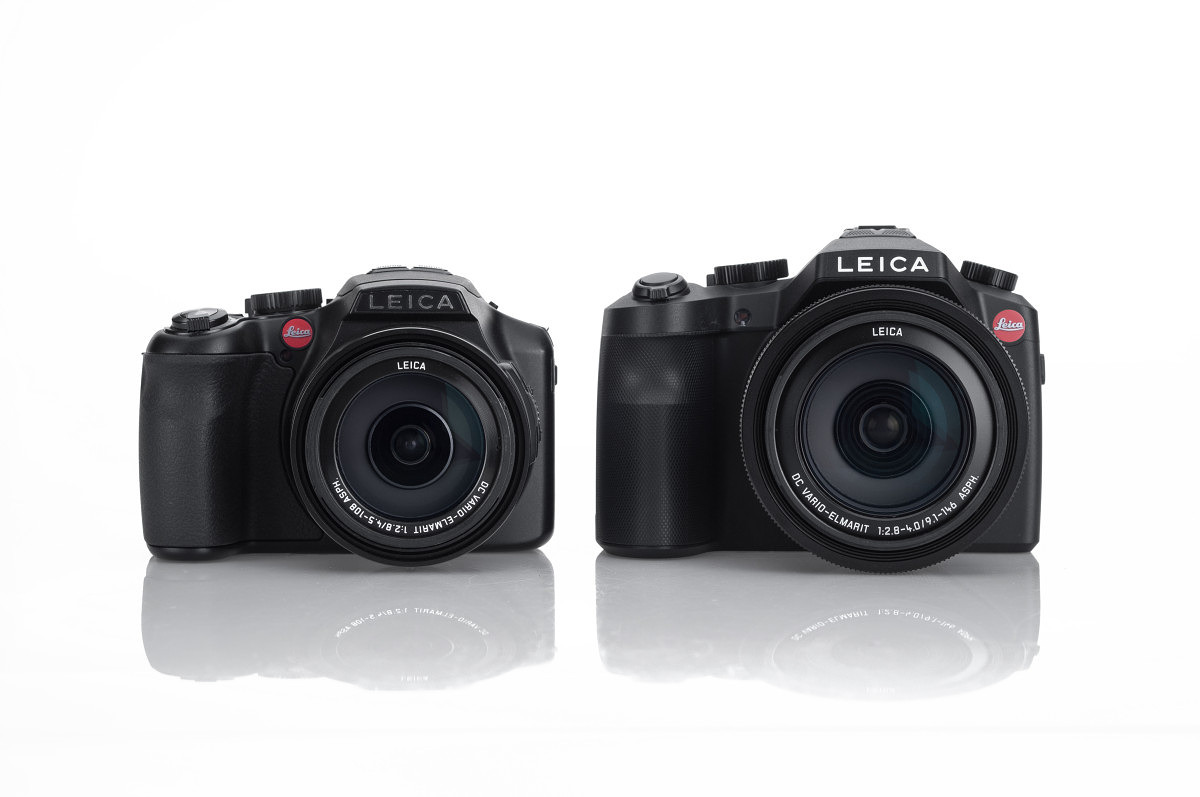
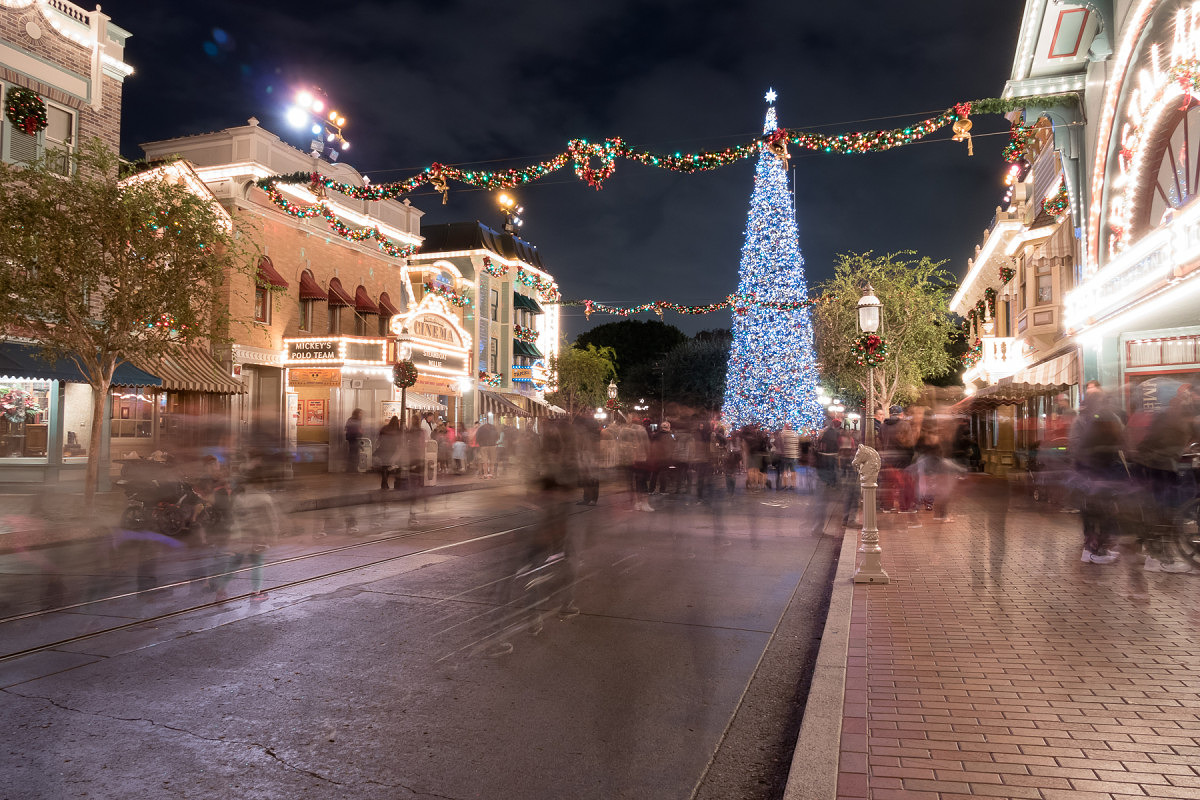
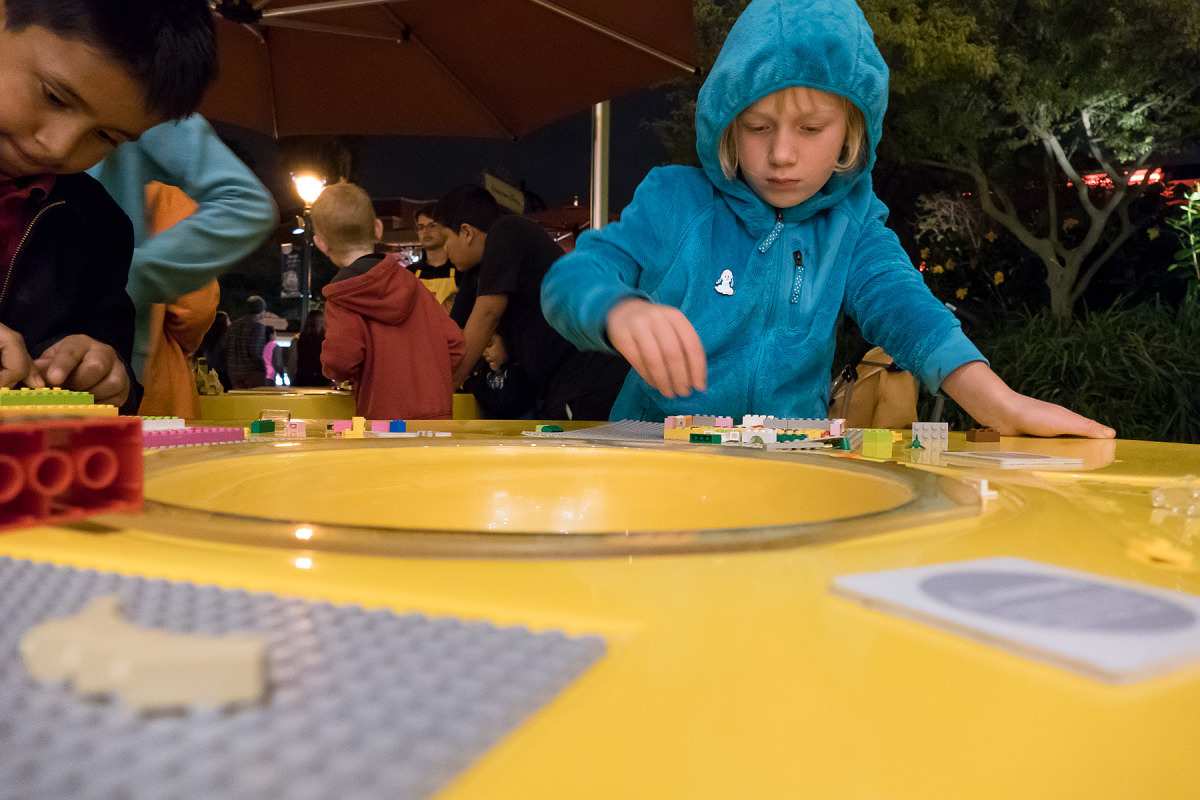
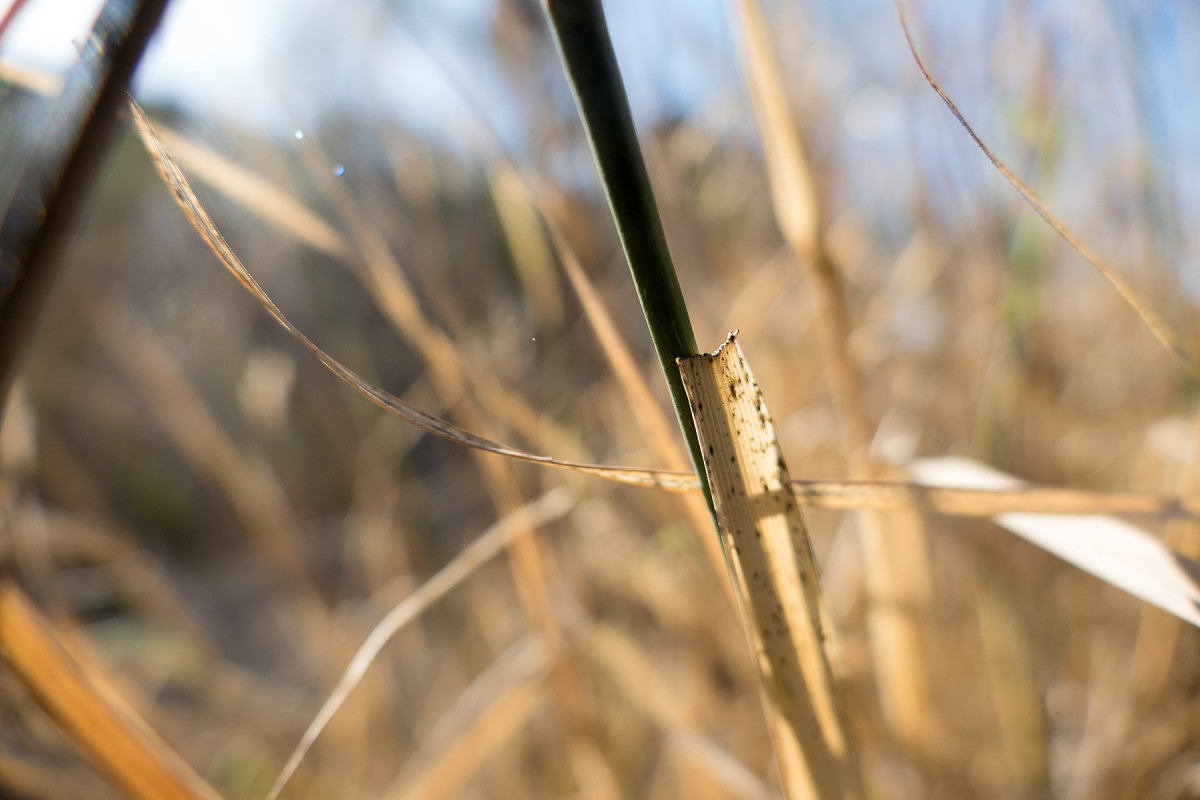
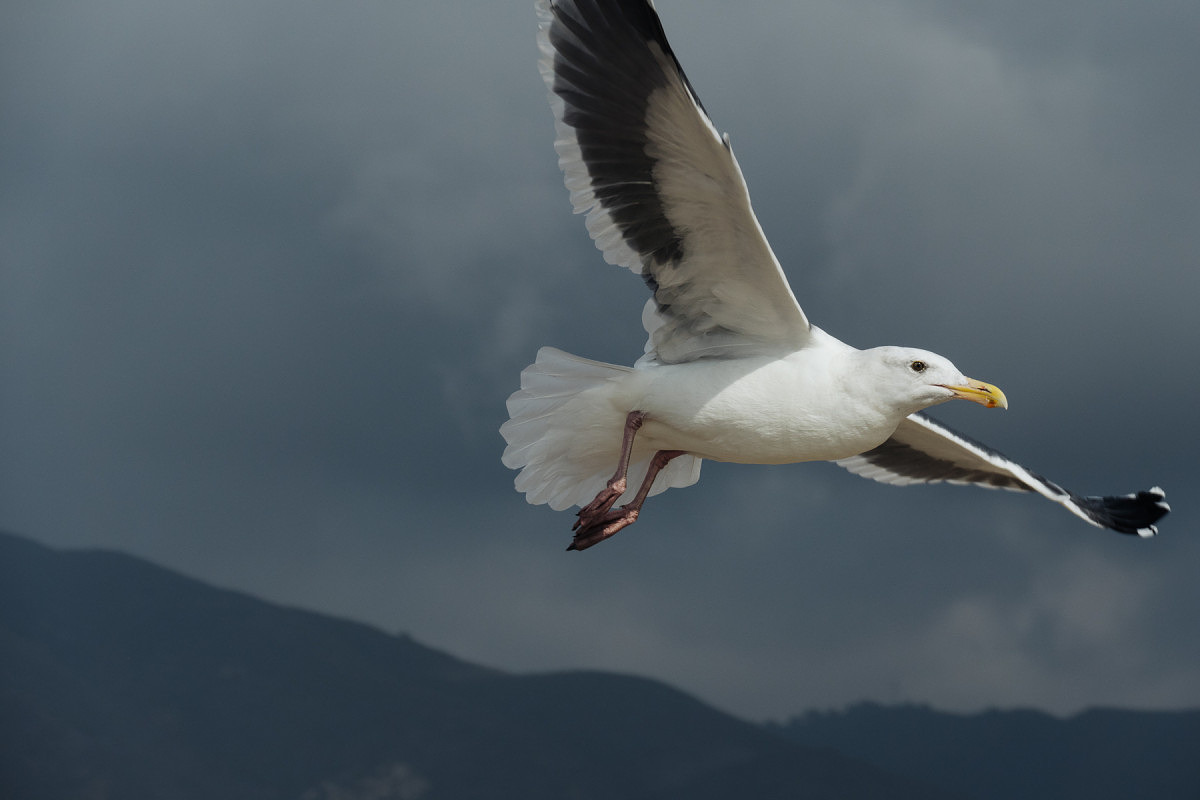
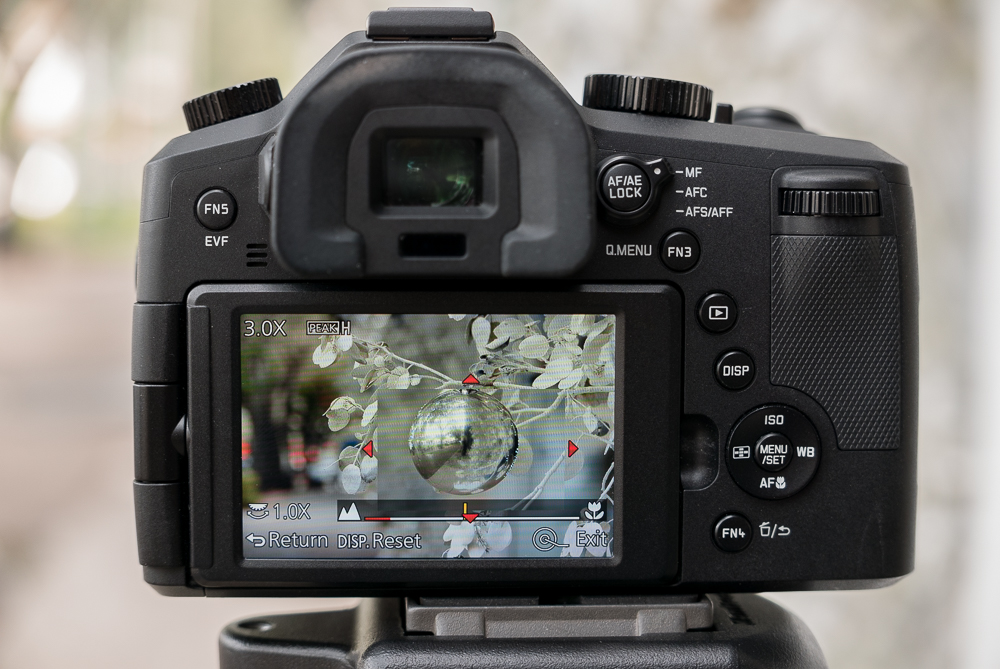
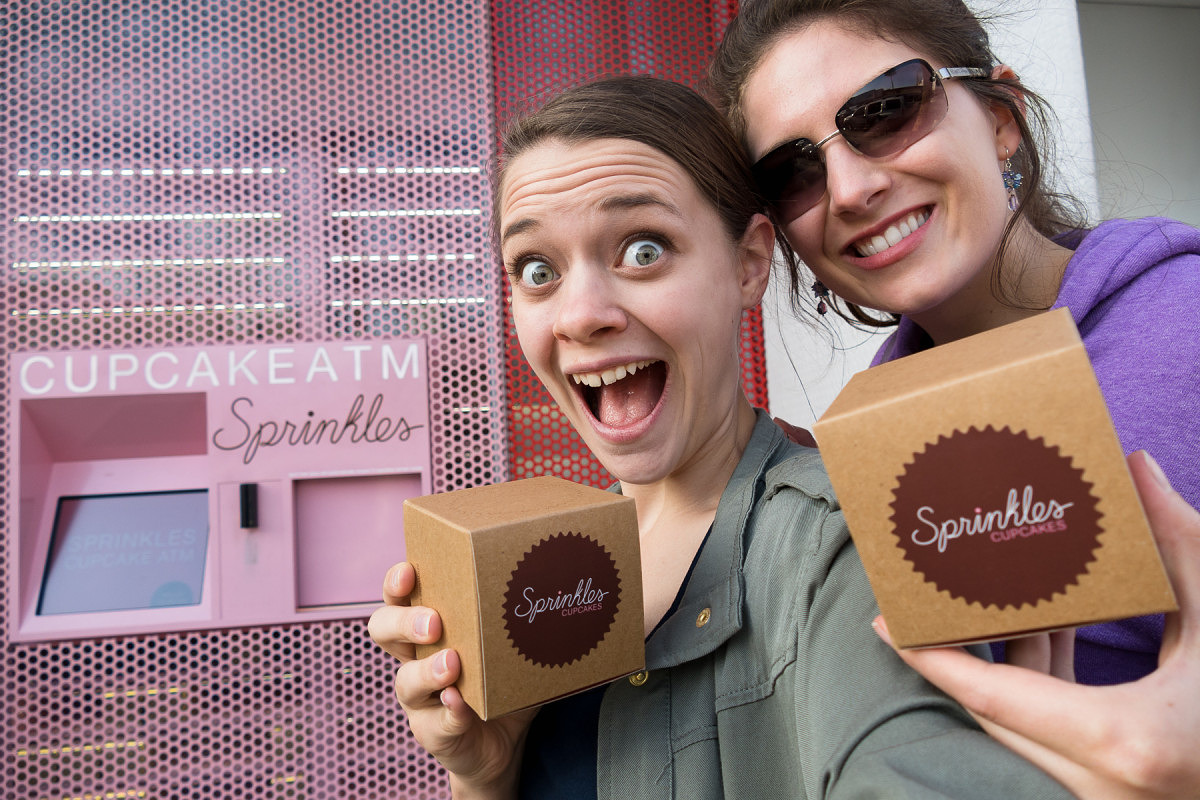
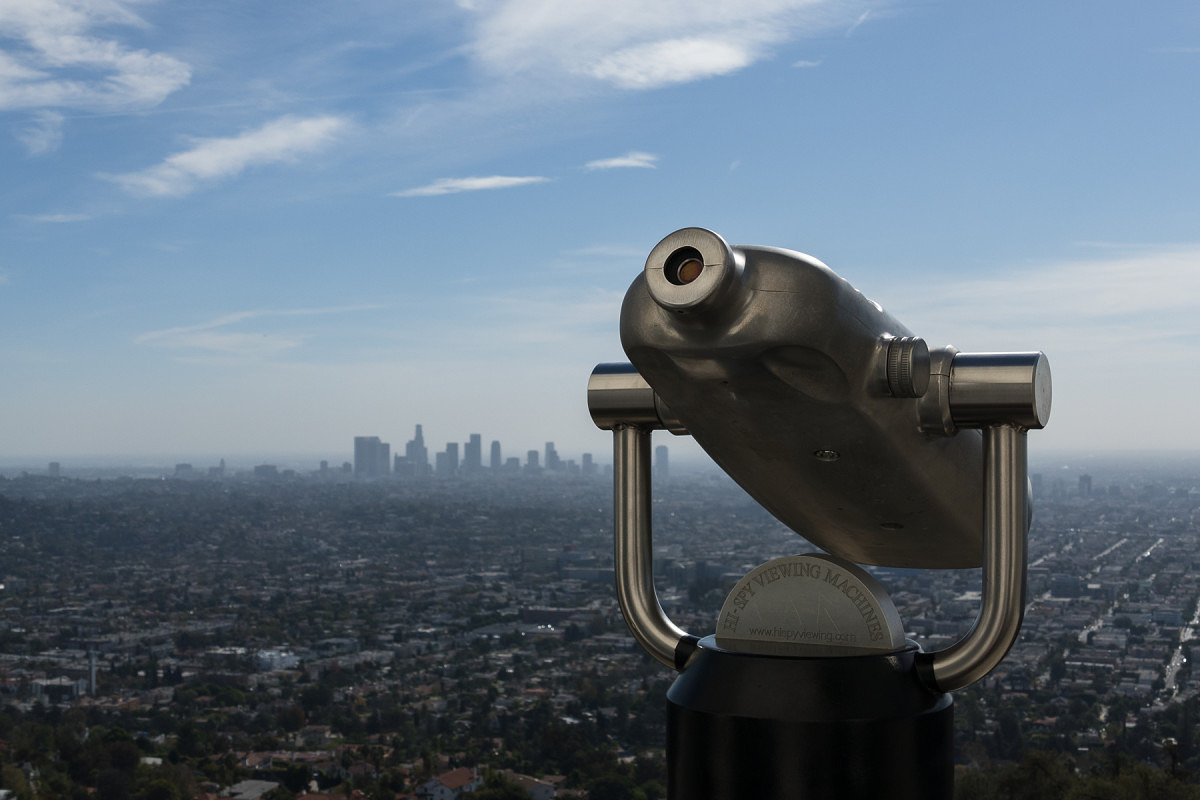
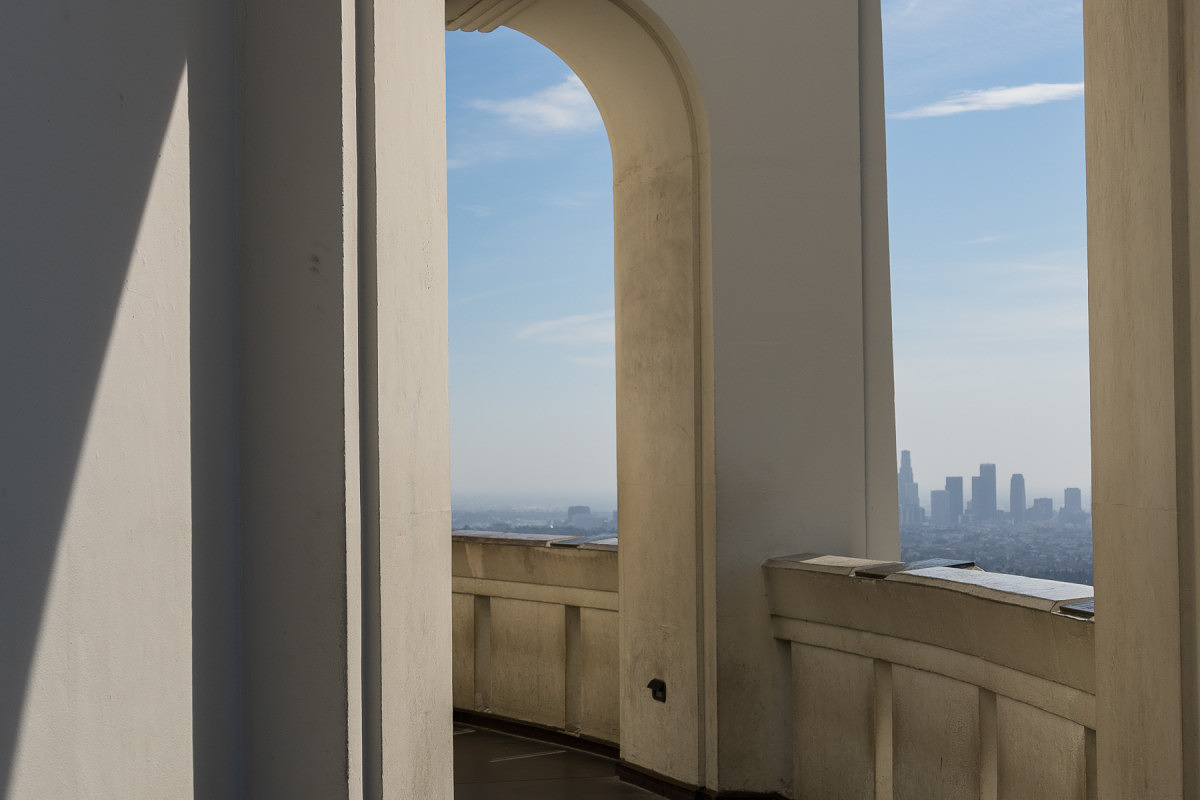
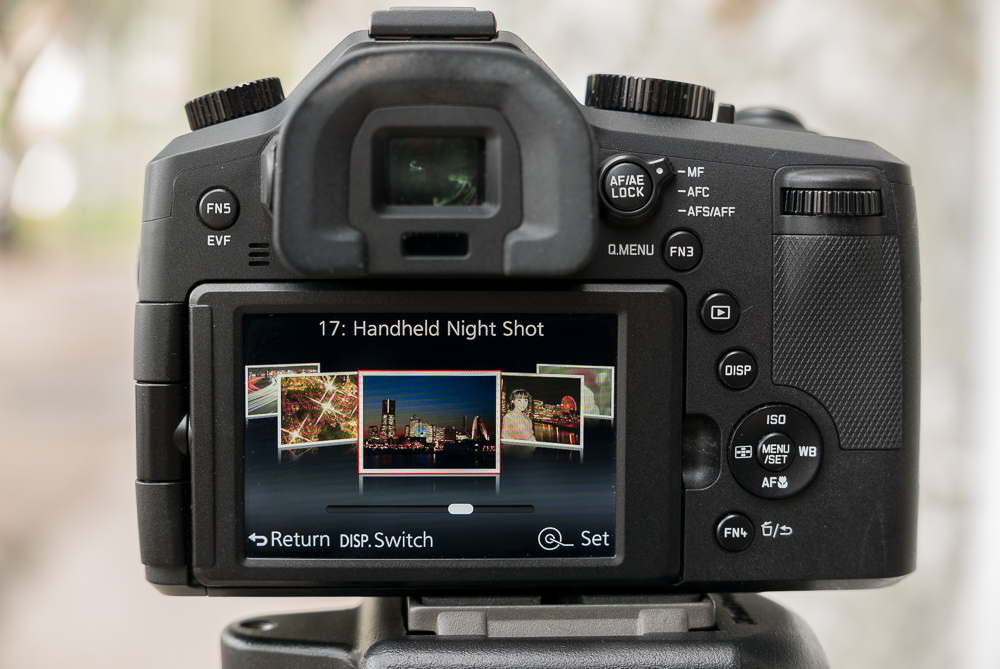
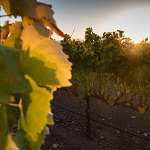
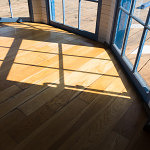


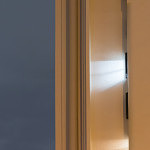
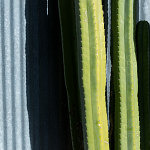
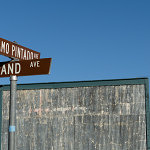
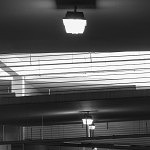
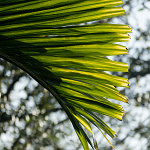
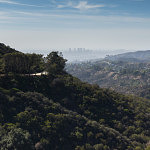
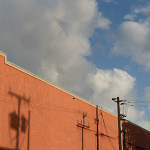
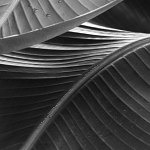
Question about the high-speed sync flash. Did you take this pic with the build-in flash or with an external flash?
I skipped Canon (pro)gear in 2012 and skipped entirely to m43. No perfect, but it does the job so far. But this camera seems tempting as everyday walk around camera. Although the Panasonic version is a bit cheaper. I like the Leica looks and you get Lightroom 5 for free.
I enjoyed very much your article on the Leica v-lux 114. I just got one a couple of days ago and am headed to Vegas for the National Finals Rodeo. I am wanting to get the camera ready to shoot movies in 4K. Any help in doing the settings would be greatly appreciated. This is all Greek to me!, but I am determined to study and learn how to do it. I did get all the instrustions (338 Pages) printed out and put in a binder and have tried to study them and apply them to the camera.
Thanks,
Raymond
Dear Raymond – best of luck with the instructions. Probably easier to become an astronaut. peter hall
I recently purchased the Leica vlux and used the col effects on some of my photos. When I went to download them into apple photos they downloaded in an original form and not with the cool effects. I’m wondering what do I do to fix that.
First, I’d suggest using Adobe Lightroom, not Apple Photos to process the RAWfiles from the V-Lux. Secondly, the Col Effects apply only to JPGs generated in camera, not to RAWfiles. If you are shooting RAW only, you wouldn’t see the effects in the computer.
I am seeing some very ‘natural’ feeling print colors recently – subdued, almost ‘flat’.
I use Leica’s V-LUX 114. I now
What color settings do you recommend?
What processor in Raw or Jpeg? I now use Lr5.
Thanks for being here, Bill.
Bill,
We always recommend shooting in RAW and processing in the latest version of Lightroom. LR5 is a bit long in the tooth. I’d suggest you subscribe to the Adobe CC Photography Plan which includes Lightroom Classic CC and Photoshop CC.